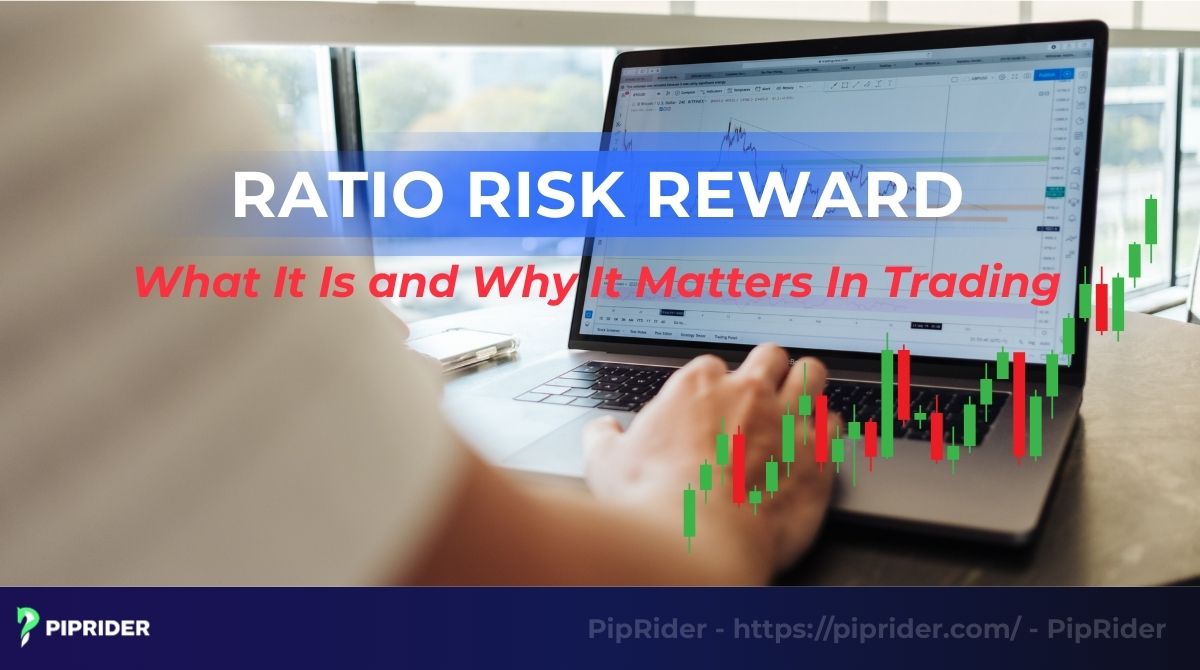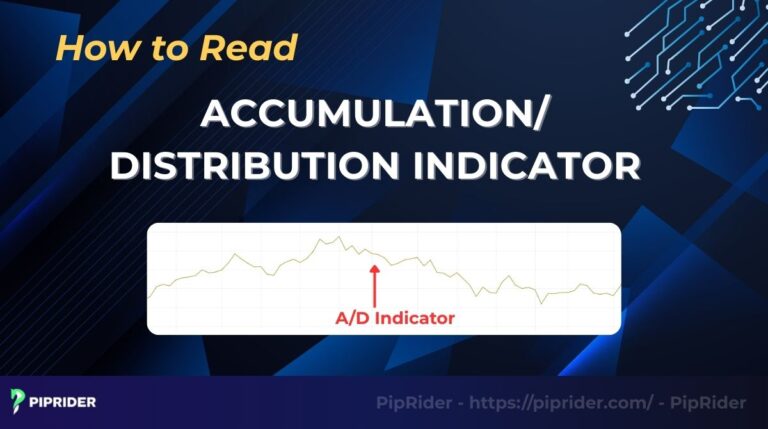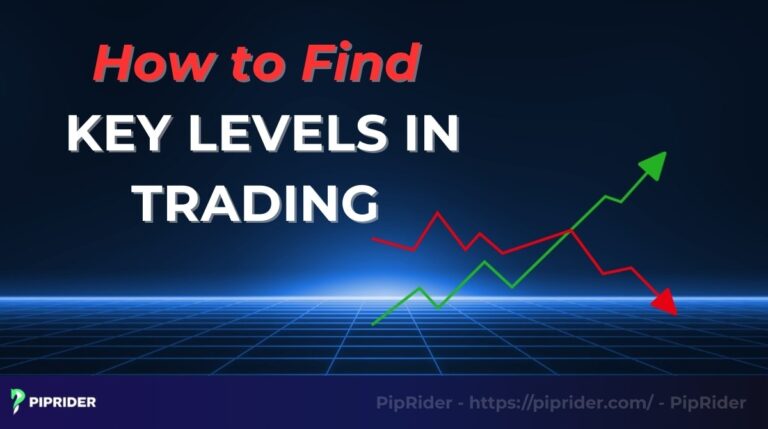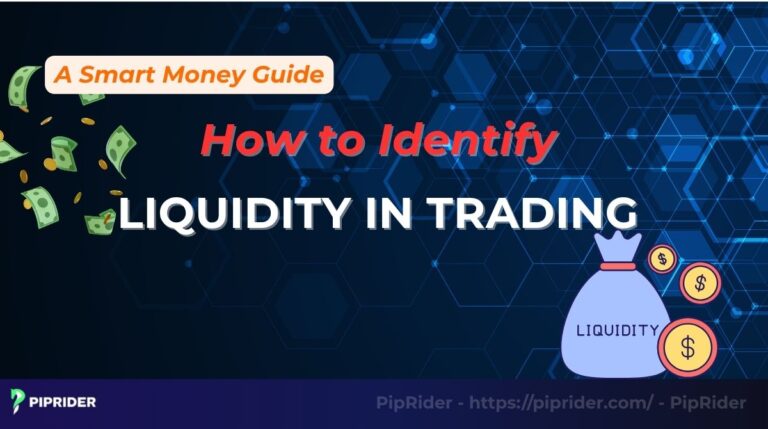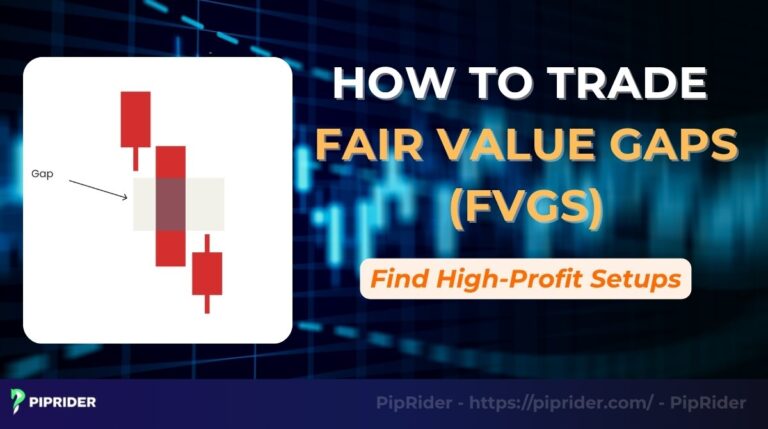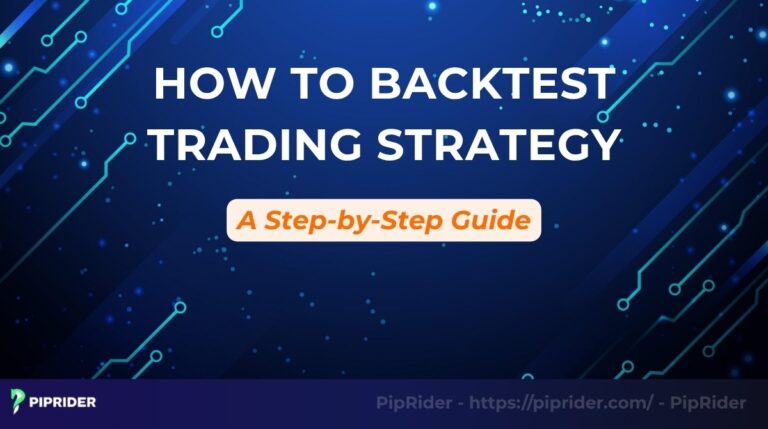Many new traders believe success comes from a high win rate. From our experience, that’s only half the story. The true key to long-term investment return and predictable outcomes lies in a single, powerful concept: the risk-reward. It is the mathematical foundation of professional market activities, ensuring that a trader’s winning trades are significantly larger than their losing ones.
This guide will break down exactly what the ratio risk reward is, show you how to calculate it, and provide a framework for using it to make smarter, more sustainable decision-making.
Key Takeaways
- What is risk to reward ratio? It is a measure that compares a trade’s loss to its return.
- What does RR mean in trading? “RR” is the common shorthand for this crucial ratio.
- The formula involves dividing the potential risk by the potential reward.
- A common benchmark is 1:2 or higher, meaning the return is at least twice the risk.
- Understanding this core concept is the foundation of professional risk management and defines a trader’s personal risk tolerance.
1. What Is the Risk-Reward Ratio?
1.1. Definition and Basics
The risk-reward ratio (RRR or also known as the risk-return ratio) is a powerful metric that measures thepotential reward of a trade (the reward) against its potential loss (the risk). It is used by traders and investment professionals to assess the viability of a trade and their financial objectives (Investopedia, 2025)
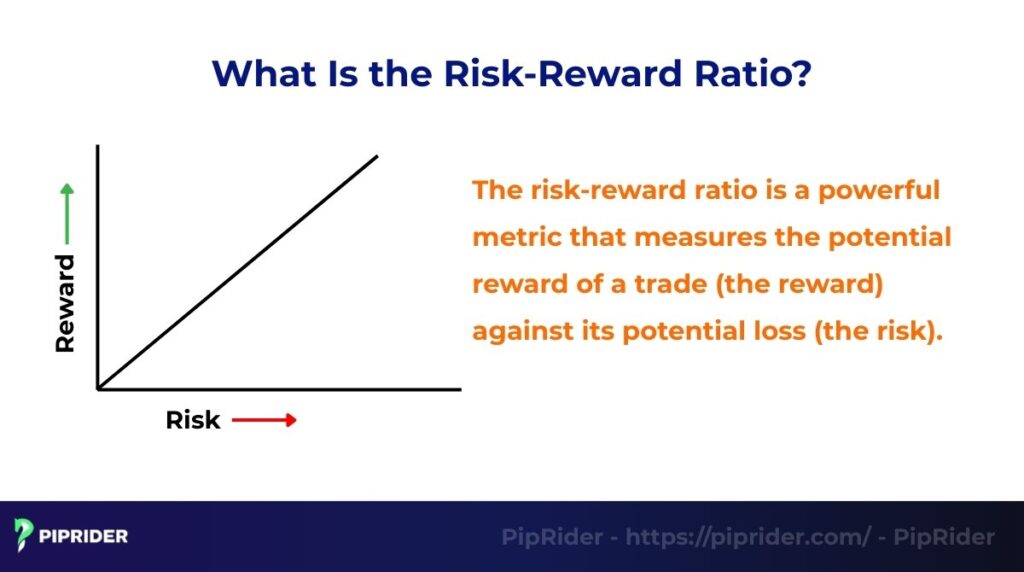
The ratio answers the fundamental question: “How much am I willing to risk to make a certain amount of gain?” It is often expressed as a comparison, such as 1:2 or 1:3. A 1:3 risk reward ratio means a trader is risking $1 for the potential to make $3.
1.2. Why the Risk-Reward Ratio Is Important
This ratio is a cornerstone of professional market activities because it is the key to long-term investment profitability. By ensuring that potential returns are consistently larger than potential risks, a trader can be profitable even if they lose more trades than they win.
It forces a trader to make disciplined, objective decisions rather than emotional ones. A trade is only taken if the return justifies the risk, turning market speculation from a gamble into a strategic business. This is the foundation of effective stock risk management.
2. How to Calculate the Risk-Reward Ratio
Calculating RRR before every trade is a non-negotiable step in professional trading. It’s a simple process that requires traders to define exit points before entering.
2.1. The Formula
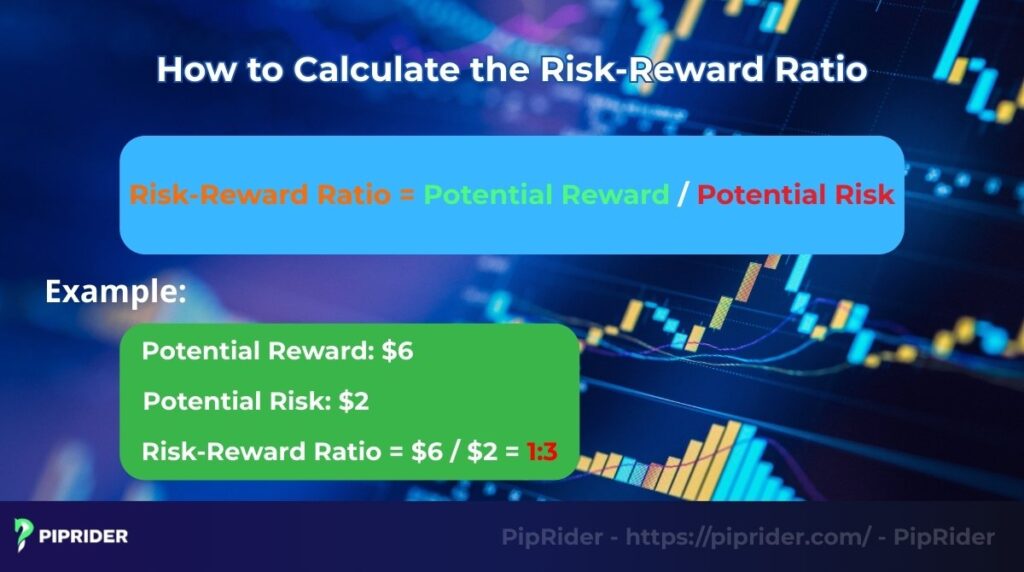
The reward risk ratio formula is straightforward. First, you determine the two key values in monetary terms or in pips:
- Risk: The distance from entry price to stop loss price.
- Reward: The distance from entry price to take-profit price.
The ratio is then calculated by dividing potential return by potential risk.
Risk-Reward Ratio = Potential Reward / Potential Risk
2.2. Practical Example of Calculation
Let’s apply how to calculate risk to reward ratio to a real trade. Imagine you want to buy a stock at $50.
- Define Risk: You place stop loss at $48.
Potential Loss = $50 – $48 = $2 per share.
- Define Reward: You set a price target at $56.
Potential Return = $56 – $50 = $6 per share.
- Calculate the Ratio: Potential return ($6) is three times potential risk ($2). Therefore, your risk-to-reward ratio for this trade is 1:3.
Read more:
Intraday Day Trading Strategies: A Complete Guide
3. Interpreting the Ratio
Calculating the ratio is the first step; understanding what it means for strategy is the next. Interpreting the RRR is how a trader decides if a setup is worth taking.
3.1. What Is a Good Risk-Reward Ratio?
The answer to this question is not just a number; it’s a core part of a trader’s entire investment approach. A “good” ratio is one that allows an approach to generate a profitable return over the long term, even with a realistic win rate. Generally, professional traders seek setups where the reward is significantly greater than the risk (a ratio greater than 1:1).
Focusing on trades with a favorable ratio shifts a trader’s mindset from “needing to be right on every trade” to “managing risk effectively,” which is the key to sustainable trading. It ensures that the gains from winning trades are large enough to cover the losses from the inevitable losing trades.
3.2. Common Benchmarks (1:2, 1:3, etc.)
While the ideal ratio is strategy-dependent, some common benchmarks illustrate the power of this metric:
- A 1:1 means the potential reward equals the risk. This requires a win rate of over 50% to be profitable.
- A 1:2, often considered a professional minimum, means the potential reward is double the risk. This allows a trader to break even with a win rate of only 34%.
- An excellent 1:3 means risking $1 to potentially make $3. This structure allows for long-term profitability even with a win rate as low as 26%, highlighting the power of effective risk management.
4. Risk and Reward in Financial Markets
To calculate the ratio accurately, a trader must have an objective definition of both risk and return for every single trade. These factors are essential for making informed trading decisions.
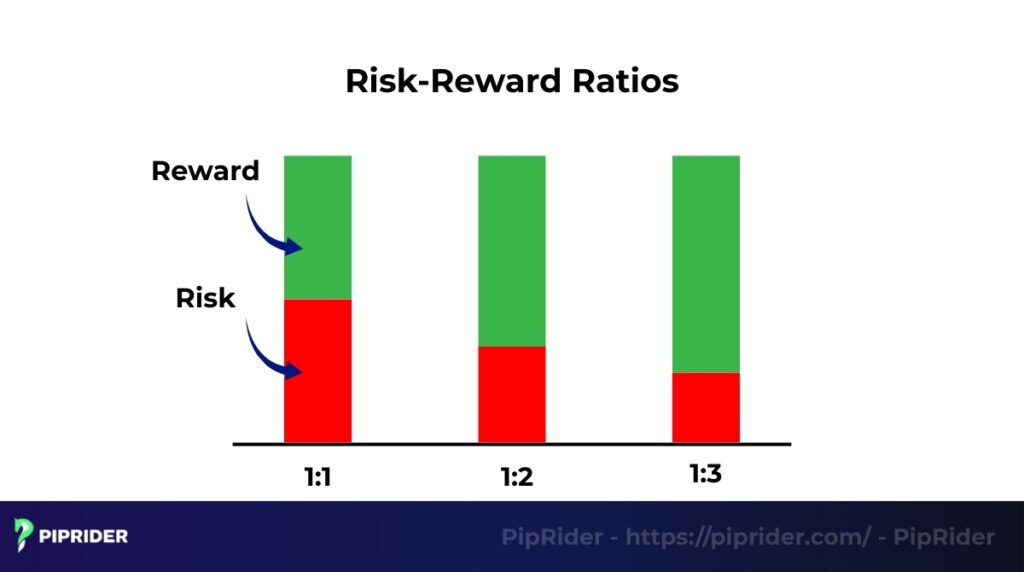
4.1. What Is ‘Risk’?
Risk is the one variable a trader can completely control. It is the specific, pre-calculated monetary amount that will be lost if a trade fails. This is not an arbitrary number; it is determined by placing a stop-loss order at a logical invalidation point on the chart (such as below a key support level). By defining the risk before entering a trade, a trader transforms an unknown outcome into a calculated business expense.
4.2. What Is ‘Reward’?
Return represents the potential, estimated gain from a trade. It is calculated as the monetary difference between the entry price and a predefined price target. This target is not based on hope but on objective evaluation, such as the next major resistance level or a measured move from a chart pattern. Defining the return beforehand provides a clear goal and helps a trader overcome greed by exiting according to their plan.
5. Managing Risk with the RRR
The RRR is not just a calculation; it is an active risk management tool. Here’s how it is applied in practice. The ratio is not only for reward; it helps a trader understand their personal tolerance for a risk.
5.1. Stop-Loss and Take-Profit Placement
The ratio is fundamentally determined by the placement of stop-loss and take-profit orders. A trader first identifies a logical stop-loss based on technical analysis. Then, they identify a logical price target (the “return”). By calculating the scale between these two points, a trader can decide if the trade is worth taking before risking any capital.
5.2. Diversification and Hedging
The RRR is also a key component in portfolio management. This is an important tool for constructing a diverse portfolio. When considering diversification, an investment professional might only allocate capital to assets that offer a favorable risk-return profile, thereby improving their overall portfolio performance. For hedging, a trader might use an instrument like an option to define their maximum risk, thereby locking in a known gain and loss scale from the outset.
6. Pros and Cons of Using the Risk-Reward Ratio
Like any tool, the RRR is most effective when a trader understands both its powerful advantages and its limitations.
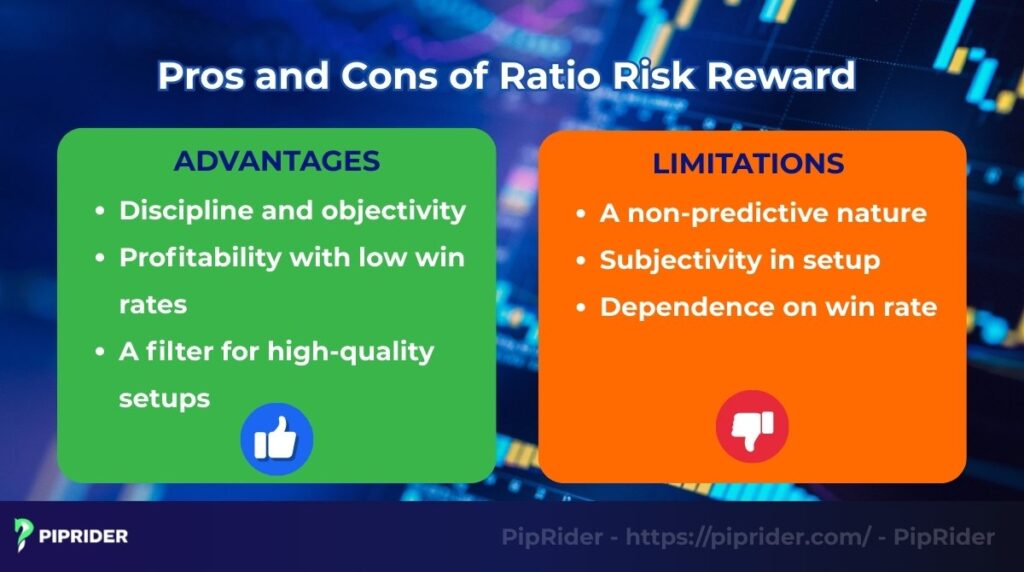
6.1. Advantages for Traders
Using the ratio as a primary filter for trades offers several key advantages, as it is based on objective factors:
- Discipline and objectivity: It forces a trader to think logically and objectively, preventing emotional trades based on hope or fear.
- Profitability with low win rates: A favorable ratio allows a trader to be profitable over the long term, even if they lose more trades than they win.
- A filter for high-quality setups: It provides a simple, mathematical filter to weed out trades where the reward does not justify the risk.
6.2. Limitations to Be Aware Of Ratio risk reward
However, a trader must also be aware of its inherent limitations:
- A non-predictive nature: The RRR is a risk management tool, not a predictive one. A trader must have tolerance for the fact that it does not increase the chance of a single trade being a winner.
- Subjectivity in setup: The scale is only as objective as the stop-loss and price target levels it is based on, which can be subjectively chosen by the trader.
- Dependence on win rate: A high RRR is meaningless if an approach has a near-zero win rate. The two metrics must always be considered together.
7. Ratio Risk Reward Real-Life Examples
Let’s apply these principles to two real-world scenarios.
7.1. Forex Trade Case Study: A 1:3 Setup on GBP/USD
An investment trader is analyzing the GBP/USD pair, which is in an uptrend and has pulled back to a key support level at 1.2500. A bullish engulfing candle forms, signaling an entry.
- Entry: The trader decides to enter a long (buy) trade at 1.2510.
- Stop-Loss: The stop-loss is placed below the support level at 1.2480. The total risk is 30 pips.
- Take-Profit: The next major resistance level is at 1.2600. The potential reward is 90 pips.
Calculation: 90 pips / 30 pips = 3. The RRR is 1:3. Because this ratio is excellent and exceeds the 1:2 minimum, the trade is taken for a reward.
7.2. Stock Market Example: A 1:2.5 Setup on AAPL
A trader is watching the investment in Apple Inc. (AAPL), which is trading at $170 and forming a breakout pattern.
- Entry: The trader decides to buy the stock at $171 as it breaks out.
- Stop-Loss: The stop-loss is placed below the breakout area at $167. The total risk is $4 per share.
- Take-Profit: The measured move target for the pattern is at $181. The potential return is $10 per share.
Calculation: $10 / $4 = 2.5. The RRR is 1:2.5. Since this is better than the 1:2 minimum, it is a valid trade to take.
8. Common Mistakes to Avoid
The RRR is a powerful tool, but traders often make two critical investment mistakes that undermine its effectiveness.
- Ignoring the win rate: A high scale is not a magic bullet. A trader with a 1:5 will still lose money if their approach’s win rate is only 10%. The two metrics are inseparable. A trader must always consider their historical win rate when evaluating a financial profile.
- Setting unrealistic return targets: A common investment error is setting a target just to achieve a good ratio. The gain target must be based on objective technical analysis (like the next major resistance level), not just wishful thinking. A mistake traders often make is to seek a return that exceeds their tolerance for holding a losing position.
9. Frequently asked questions about Ratio risk reward
10. Conclusion
In conclusion, the ratio risk reward is more than just a calculation; it is the cornerstone of a professional investment mindset. By focusing on setups where the potential return outweighs the risk, traders can build a sustainable and profitable investment career.
To continue developing a complete trading system, we encourage you to explore our in-depth guides in the Trading Strategies category on Piprider. If you have any questions or comments, please leave them below!


